About Ryan Whitwam
Ryan is a tech/science writer, skeptic, lover of all things electronic, and Android fan. In his spare time he reads golden-age sci-fi and sleeps, but rarely at the same time. His wife tolerates him as few would. He's the author of a sci-fi novel called The Crooked City, which is available on Amazon and Google Play.
Latest Articles
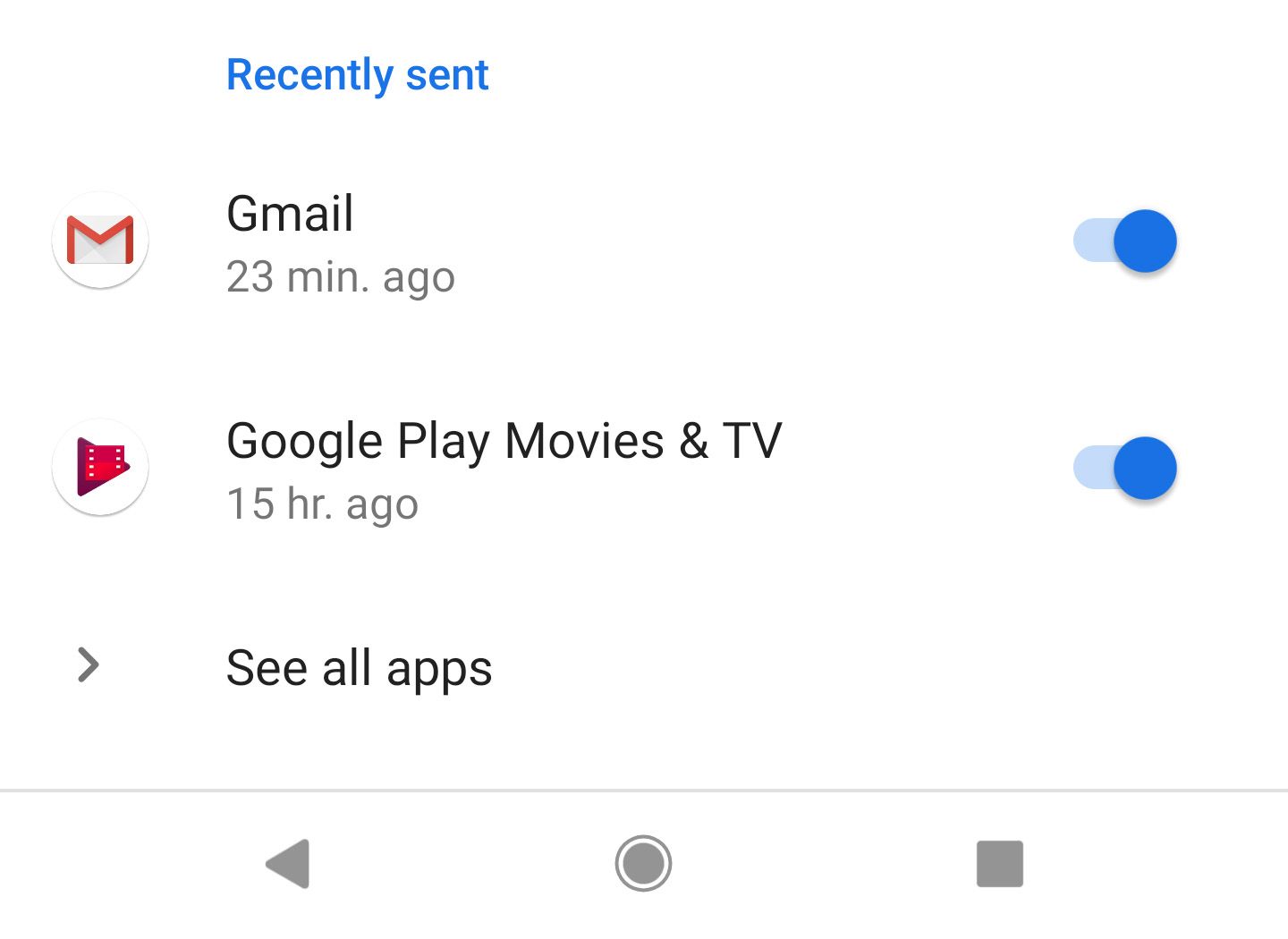
Android P feature spotlight: You can now easily track which apps recently sent notifications

You probably get a lot of notifications on your phone. So many, in fact, it's easy to forget which apps were in that batch you just dismissed. Android P includes a handy menu that tracks recent notifications so you can disallow an app that's been pestering you in just a few taps.
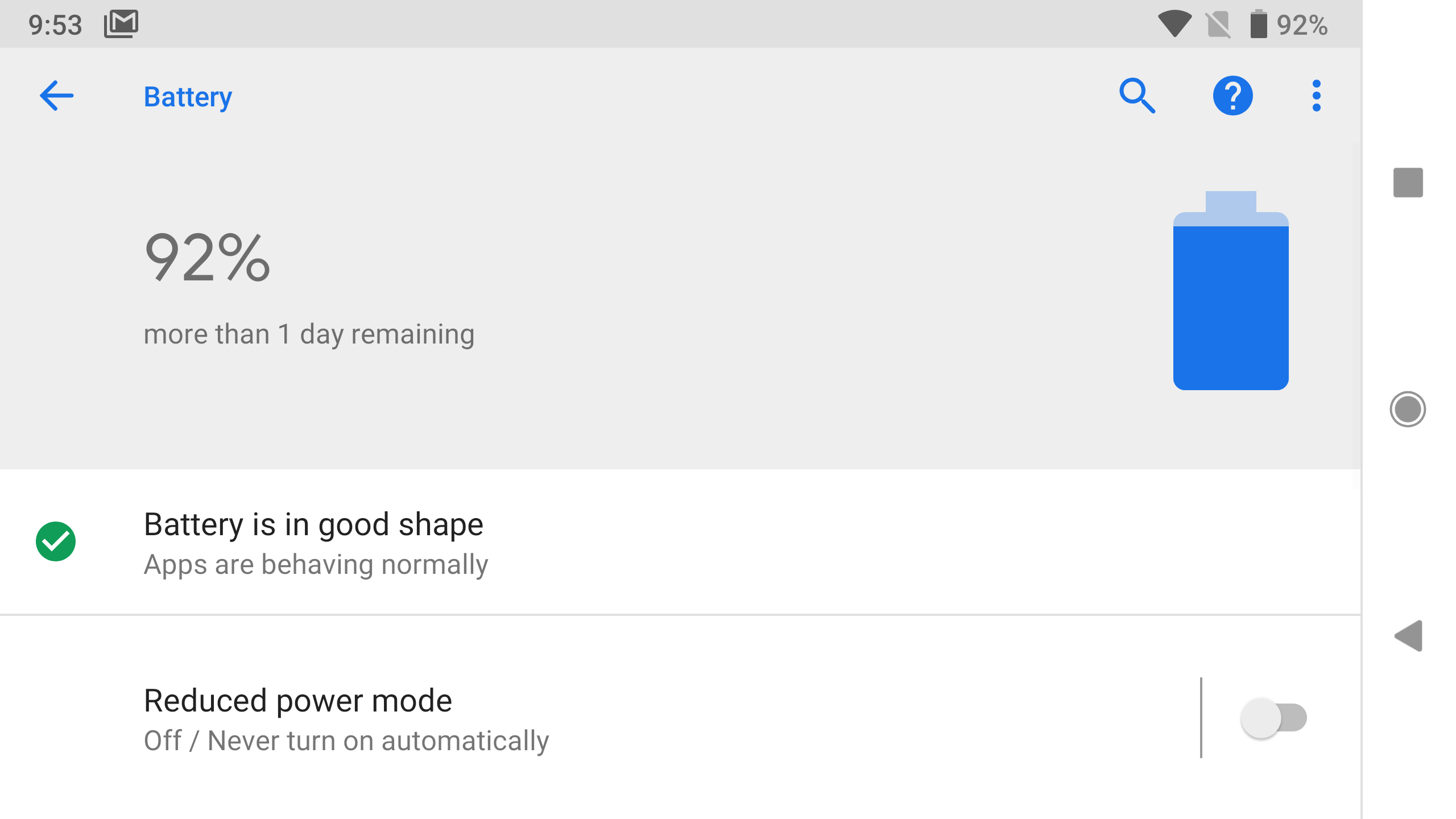
[Update: Solution] Android P feature spotlight: Battery menu no longer includes per-app usage data

Read update
The name of the game in Android updates is usually adding features, but occasionally we lose something. That seems to be the case in the battery menu. In past versions, you could see per-app battery usage in the system settings. In Android P, that's all gone. You can, however, see app usage in the developer options.

Android has supported pattern unlock since time immemorial, but the look of the pattern has changed over time. It started off huge and garish, but now it's more minimalist. The overall vibe hasn't changed in Android P, but there is one notable alteration to pattern unlock: the path fades away as you swipe.
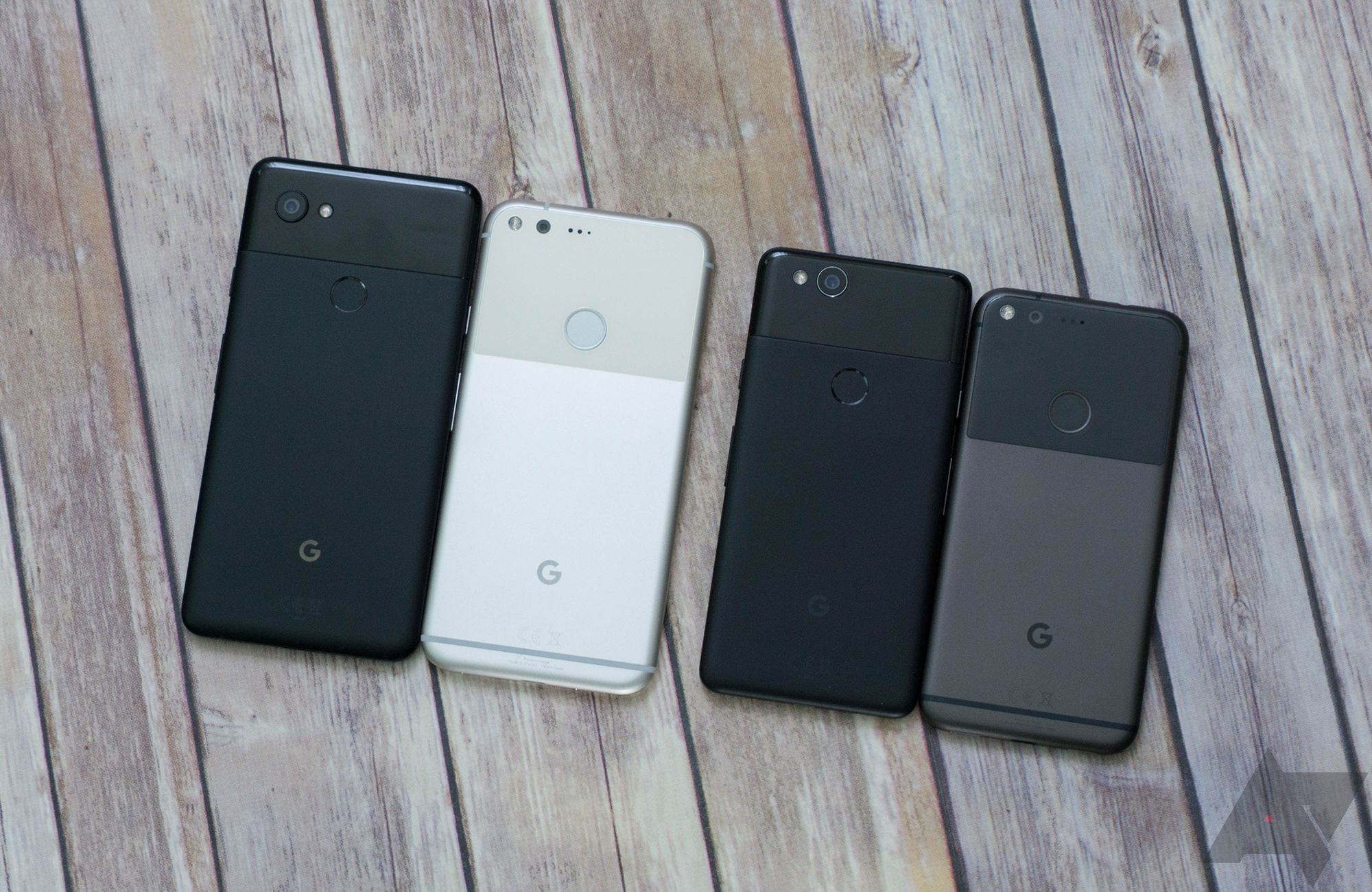
[Update: Now available for Pixel C] Google posts system images and OTA files for March 2018 patches

Another month is just starting, and that means it's time for the latest round of Pixel and Nexus patches to roll out. Google has posted both the system images and the OTA files, so you can get the latest version on your device without waiting for the update. You might actually want to go out of your way this time as there are some functional updates for Pixel devices.
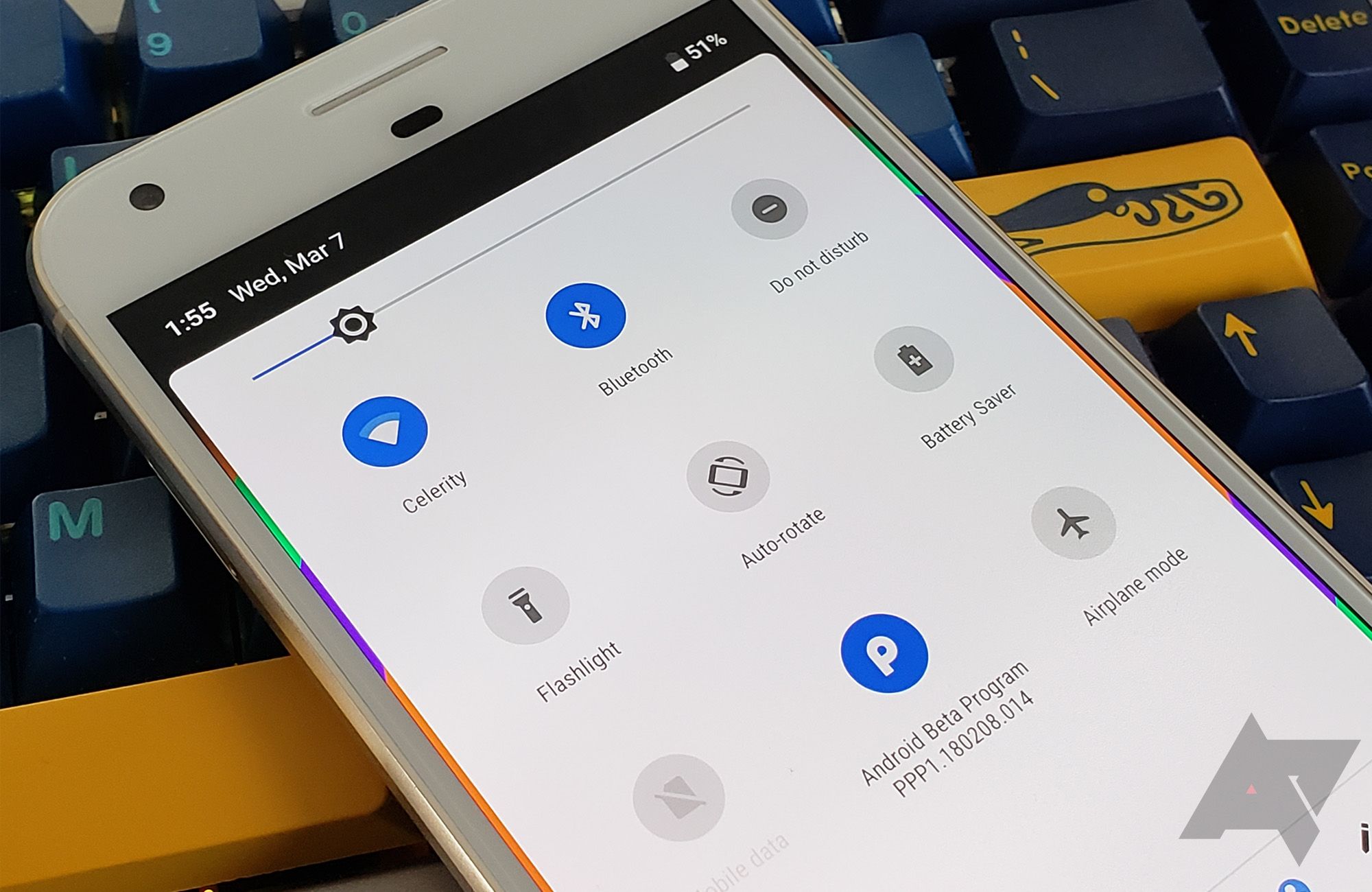
Android P feature spotlight: Quick Settings is now vertically scrollable instead of paginated [Update: It's changed back in DP2]

Read update
Google implemented revamped, customizable quick settings in Nougat, which meant users could end up with an extensive list of toggles. To accommodate longer lists, Google added pages to the Quick Settings. In the Android P preview, pages are gone. Instead, you can scroll up and down to see all your toggles.
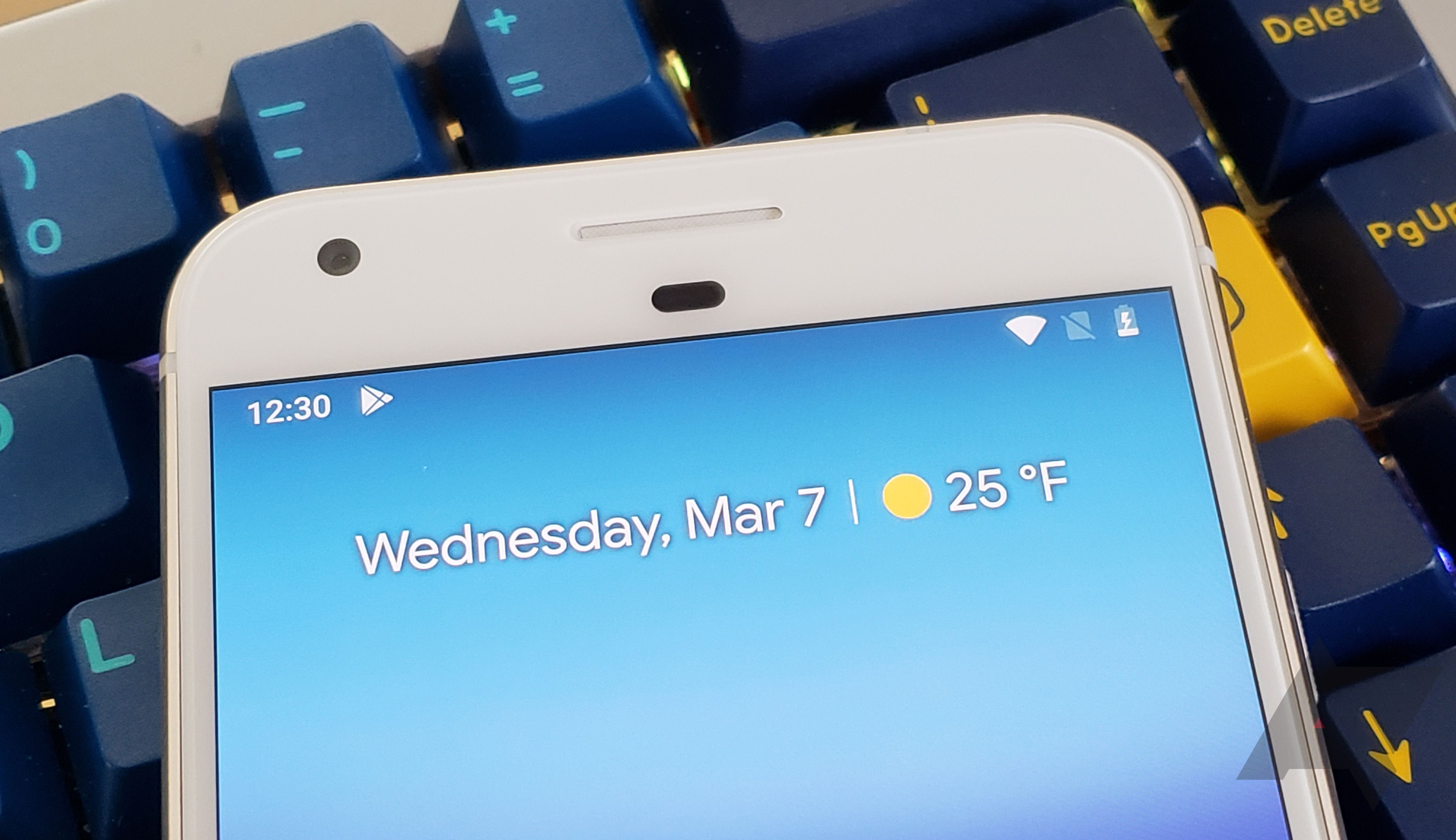
Many things have changed in Android over the last decade, but one thing has remained the same: the clock has always been on the right of the status bar. Well, no more. In Android P, Google has moved the clock to the left side of the status bar. It's going to take some time to get used to this.
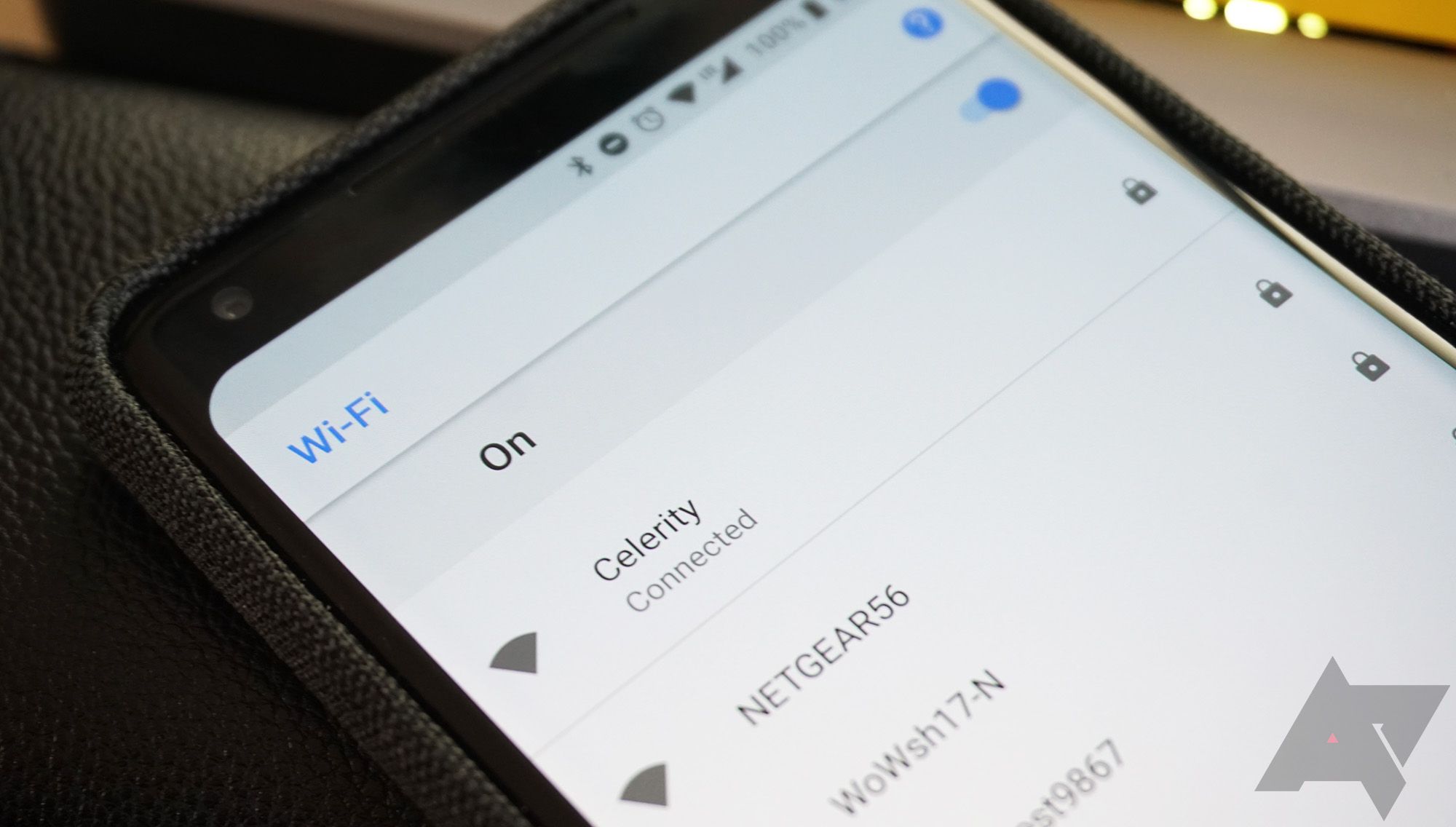
Android P feature spotlight: Apps can measure distance to nearby WiFi access points to determine your position

Your phone can already use a combination of signals to determine where you are, including known WiFi access points. However, that's designed to give you a geographic location. In Android P, Google has added support for IEEE 802.11mc, which allows apps to measure the distance to nearby WiFi access points and determine your exact indoor location.
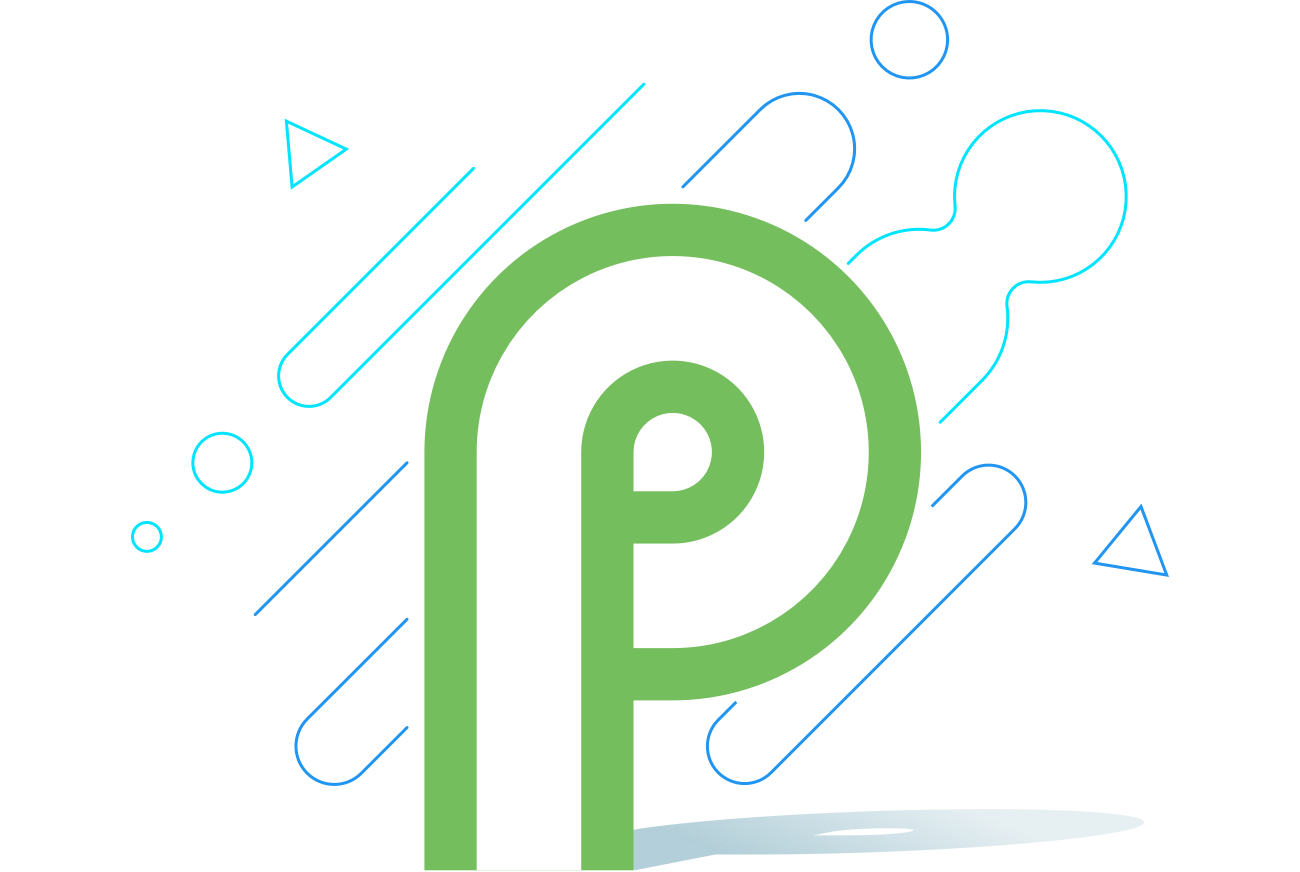
Android P developer preview images and OTA files are now live, but no beta program yet

Android P is making its first appearance today, and you can give it a shot right now if you've got the right hardware. The system images are now available on the Google developer site, but there aren't as many supported devices this time around. All you've got to choose from are the first and second generation Pixel phones.
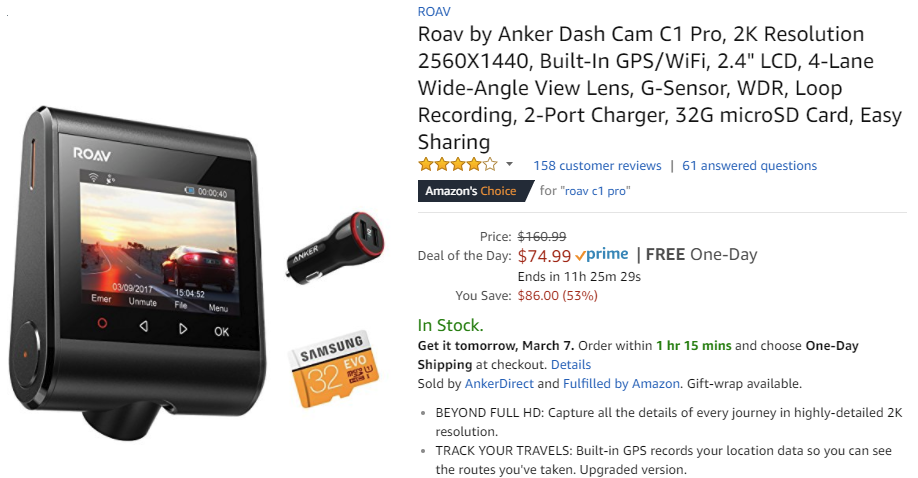
[Deal Alert] Anker ROAV C1 Pro WiFi-enabled dash cam with Android app on sale for $74.99 (25% off) today only

The freedom of the open road is great until you get in a fender-bender and there's a dispute over whose fault it was. Dash cams come in handy at times like that, but good ones are pretty spendy. The Anker ROAV C1 Pro is usually around $130, but today only it's on sale at Amazon for $75.The ROAV C1 Pro offers 2560X1440 resolution, so it's even higher than 1080p. This is useful if you need to zoom in on a frame, but I think Anker is a little confused how resolution works (see below). The camera records to an included 32GB microSD card. In addition to the SD card, the C1 Pro comes with a 2-port Anker car charger.
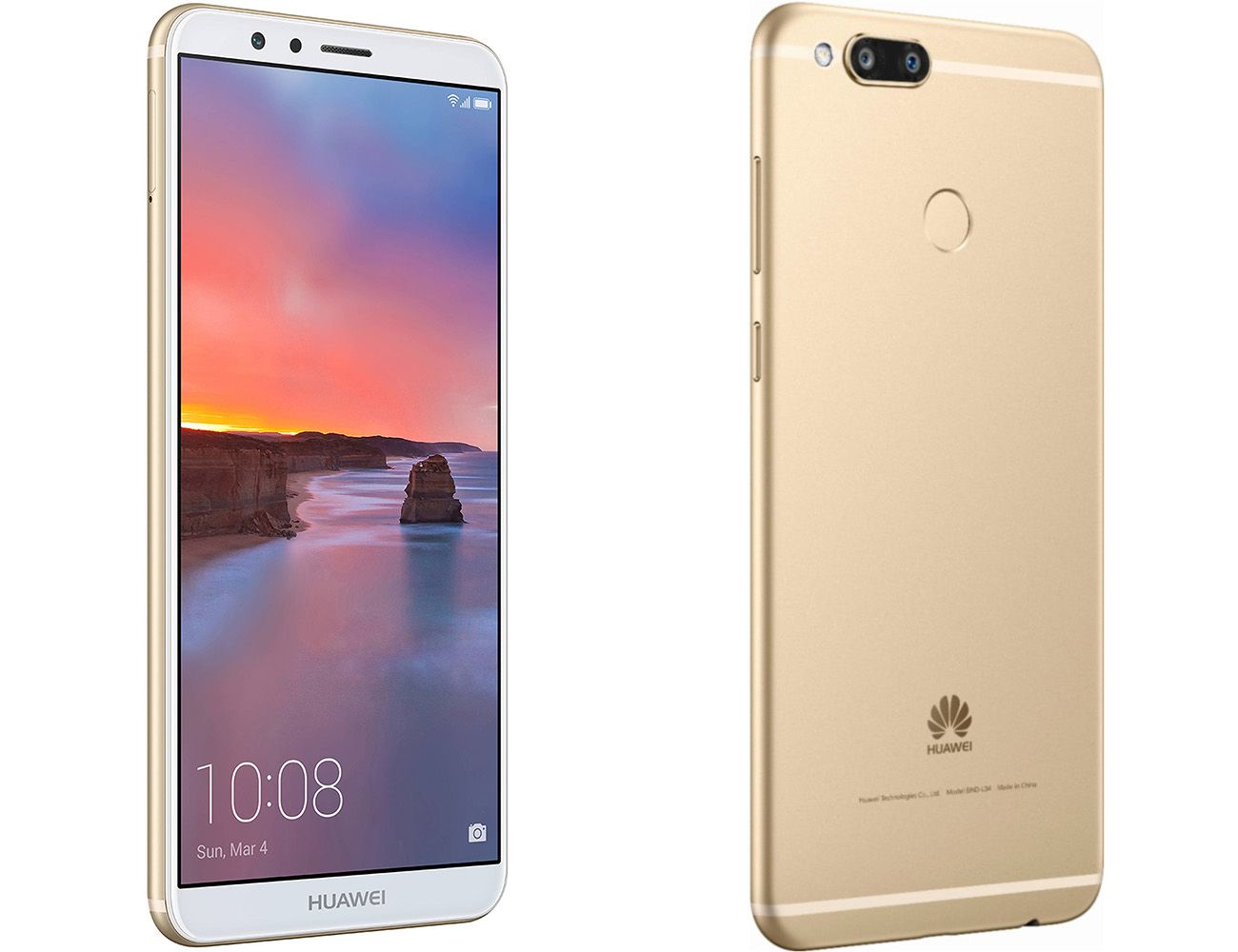
Perhaps you're interested in the Honor 7X, but you wish the hardware were slightly more powerful. Well, Huawei has launched that exact phone in the US as the Mate SE. It has slightly better specs and a few design tweaks, but it's basically the same phone for a little more money.Most of the Mate SE's specs are identical to the Honor 7X. Here's a quick rundown.
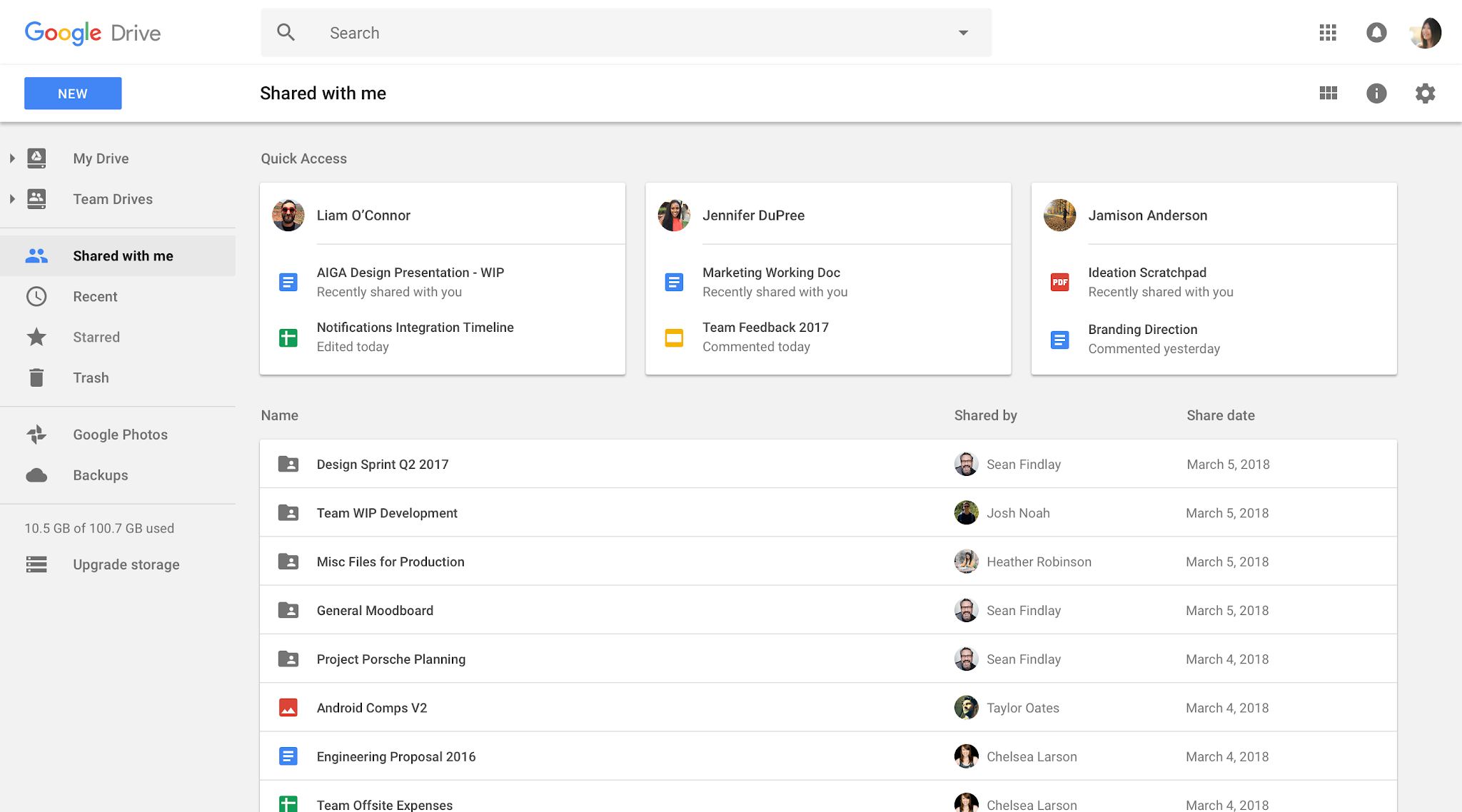
Google Drive tends to pick up a lot of shared files, especially if your place of business uses G Suite. The "Shared with Me" section can end up rather messy as a result, but Google is now looking to clean it up with the help of artificial intelligence. In the coming days, Drive will begin guessing which files you want to open.
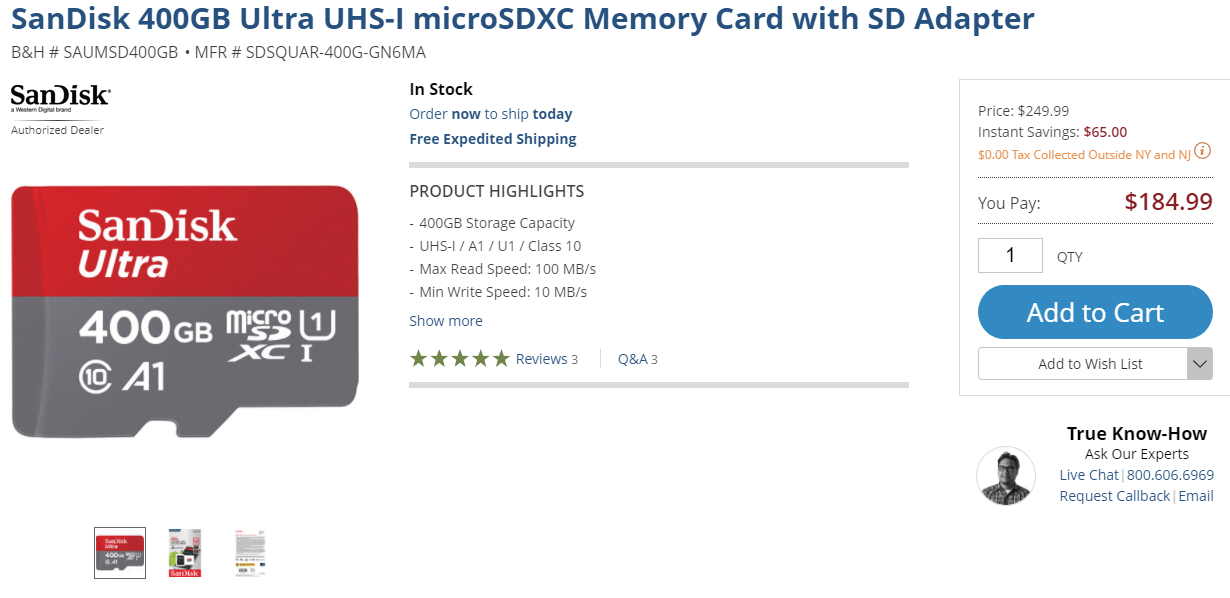
The last several years have brought larger internal storage to smartphones. It's now rare for a high-end device to ship with less than 64GB of storage, but even upgraded models with 128 or 256GB might not be enough for your needs. That's when a beefy microSD card can come in handy, but the largest ones cost a pretty penny. There's a sale on one today, though.You can snag SanDisk's largest card right now for a sizable discount, though. The 400GB card is just $185, down from $250. The price has been sticking close to MSRP since the card became available, and this is the cheapest it's ever been. The 400GB card is rated UHS-I with transfer speeds of up to 100MB/s. It's also an A1 card, which SanDisk says is better for application performance.The card is on sale for the same $184.99 price at both Amazon and B&H. However, Amazon says it'll take 1-3 weeks to ship. B&H has it ready for immediate shipping. B&H is probably the way to go unless you live in New York or New Jersey where B&H has to collect tax. Shipping is free on B&H and Amazon.Source: Amazon, B&H
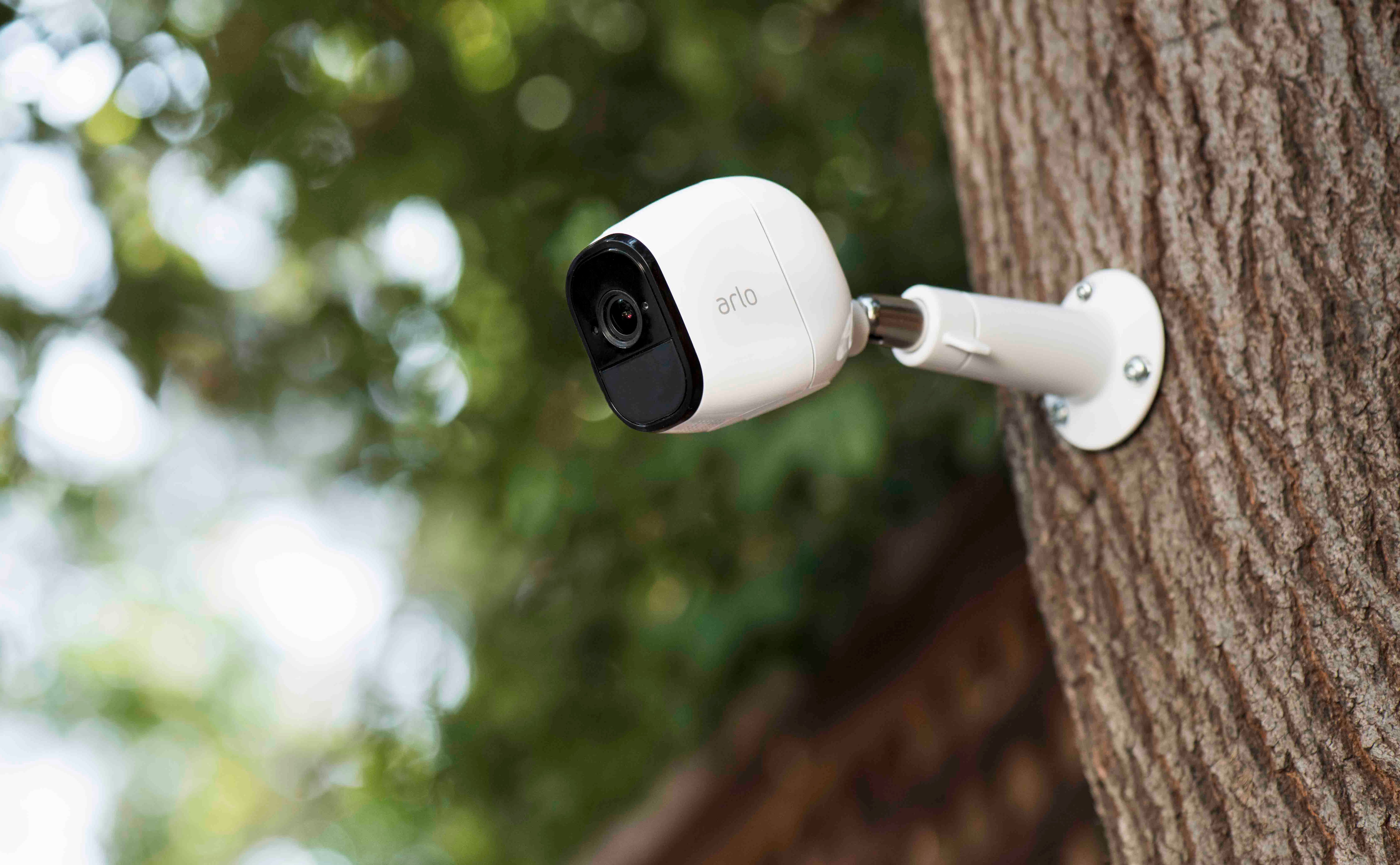
Netgear announced the Arlo Smart service last summer, but it was far from ready for consumers. The goal is to bring improved object recognition features to Arlo security cameras, and that's a complicated task. A new beta program is starting soon, and you can apply for access right now.
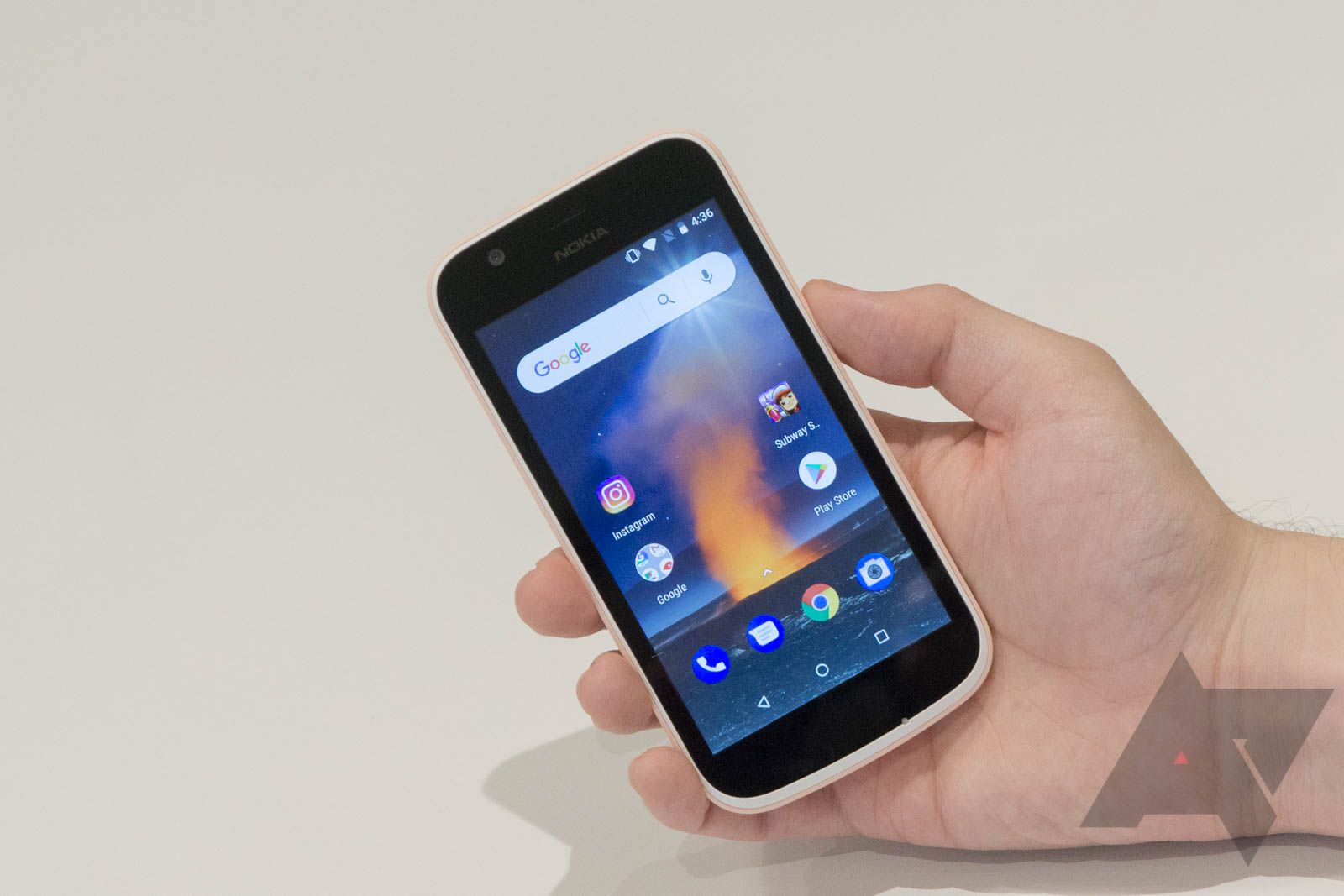
It's been a while since Google first talked about Android Go at last year's I/O, but the first phones are finally appearing. There are several Go devices making their debut here at Mobile World Congress, and we've spent some time using one and talking to Google about what consumers can expect from Android Go. I was relieved to see how full-featured Go phones are. This isn't Android Lite; it's Android with some smart optimizations.
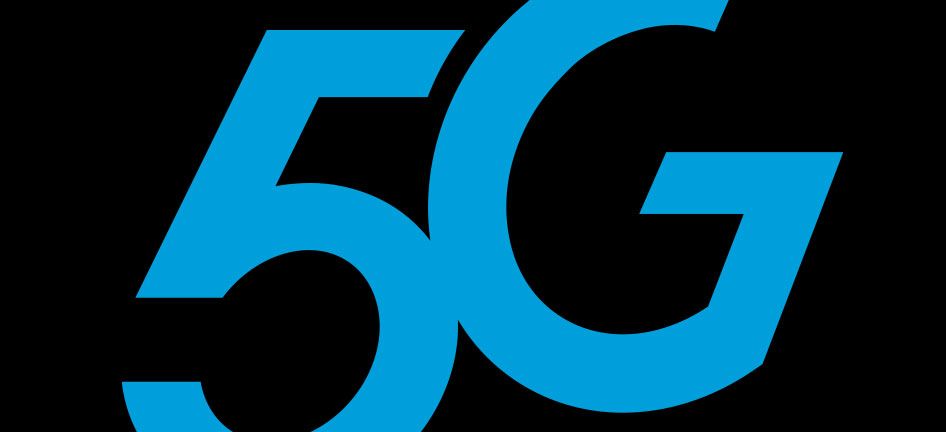
AT&T has released a few details on its upcoming 5G network. We know a dozen cities will have 5G by the end of the year, and three of them will be Waco, Dallas, and Atlanta. It's even hinted that devices will come to market in time for consumers to try the new network as it launches. Which devices, though? And what about the future of AT&T's 5G? The company is being a little more forthcoming at MWC.
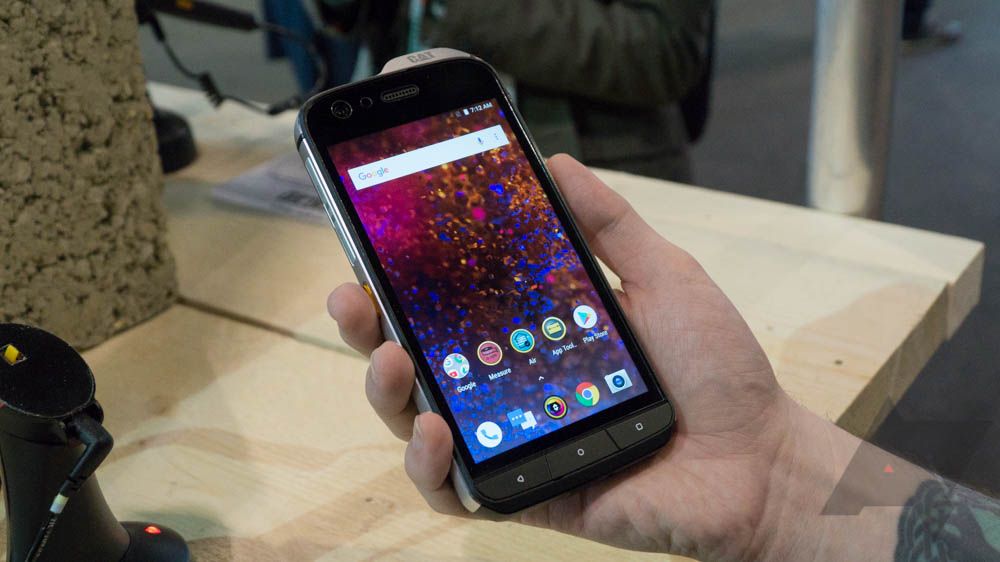
The Cat S60 of 2016 was a decidedly interesting phone, and it was good in context. The Cat S60 was not intended to compete with a Samsung Galaxy or an iPhone—it was big, heavy, and had a built-in thermal camera. The new Cat S61 is much the same, but the design is more refined, and the thermal camera is more powerful. It still feels more like a tool than a traditional smartphone, but whereas the Cat S60 was a cheap Craftsman hammer from Sears, the Cat S61 is a high-end professional tool.
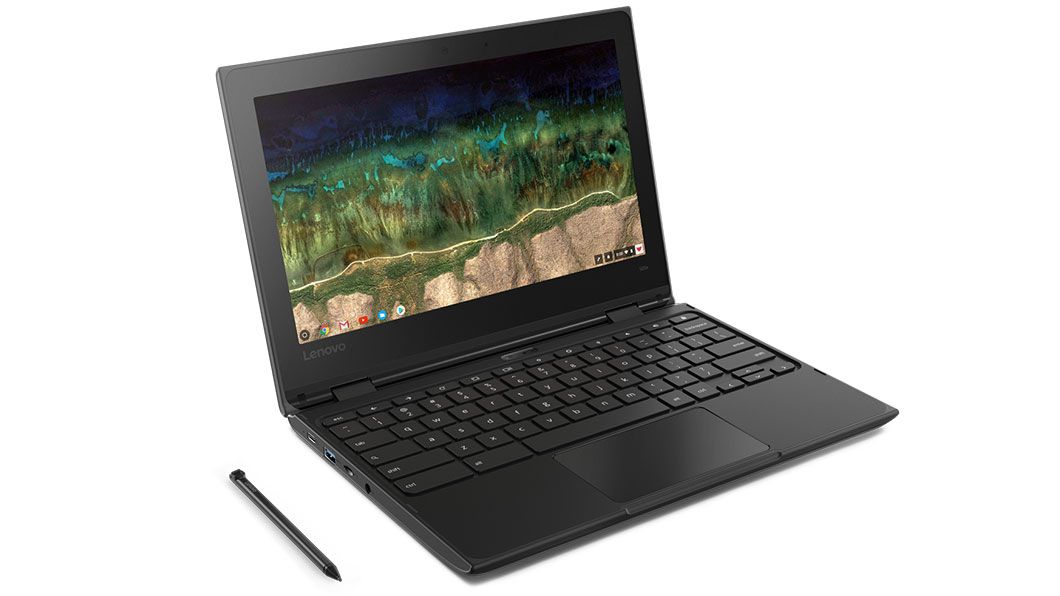
Read update
- At MWC, Lenovo announced that these Chromebooks are now available. They were supposed to ship at the end of January, but it looks like they were delayed. You can grab them from Lenovo now with 5-7 days of expected shipping time: the 500e is 9 (though the price is supposed to be $349), and the 300e is 9 (it's supposed to be $279). The 100e will ship for 9 in March. Lenovo says the 3 models will soon also be available from partners in the US, Germany, Italy, UK, Spain, Brazil, and Australia.
Chromebooks don't have as much power as the average Windows laptop, but they don't need it. These devices can do everything most computer users need and then some. The lower price point is nice, too. Lenovo's latest Chromebooks run the gamut from mid-range to bargain-basement, and all of them have a focus on education.
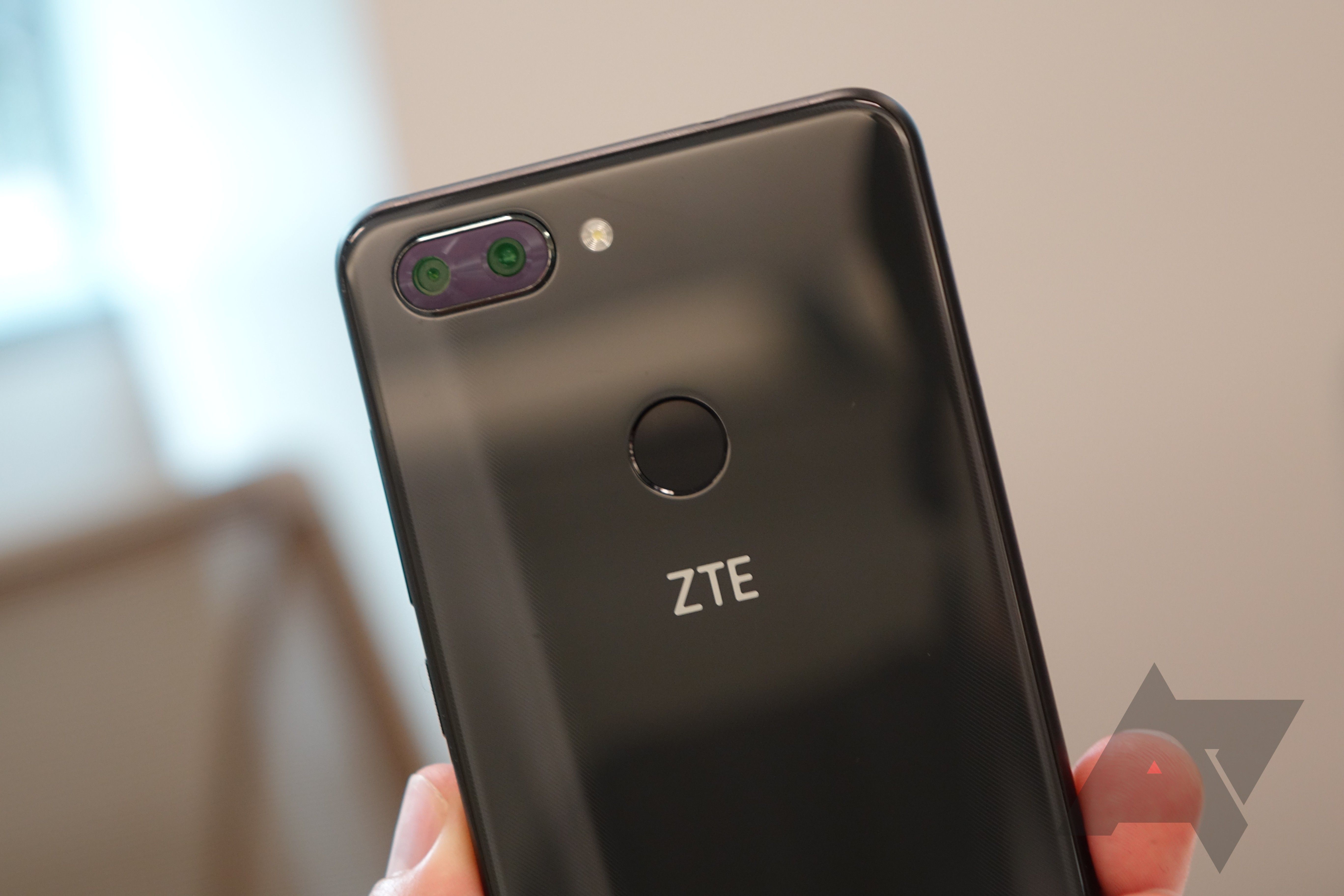
ZTE doesn't have the glitz and glamor of Samsung, but it sells a surprising number of phones. The company is on-hand at Mobile World Congress to show off its latest devices. There's the Blade V9 (above), which is a run-of-the-mill budget Android phone. Then we have the Tempo Go, which is the first Android Go phone from ZTE. In fact, it'll be the first Android Go phone in the US (although it might have a different name).
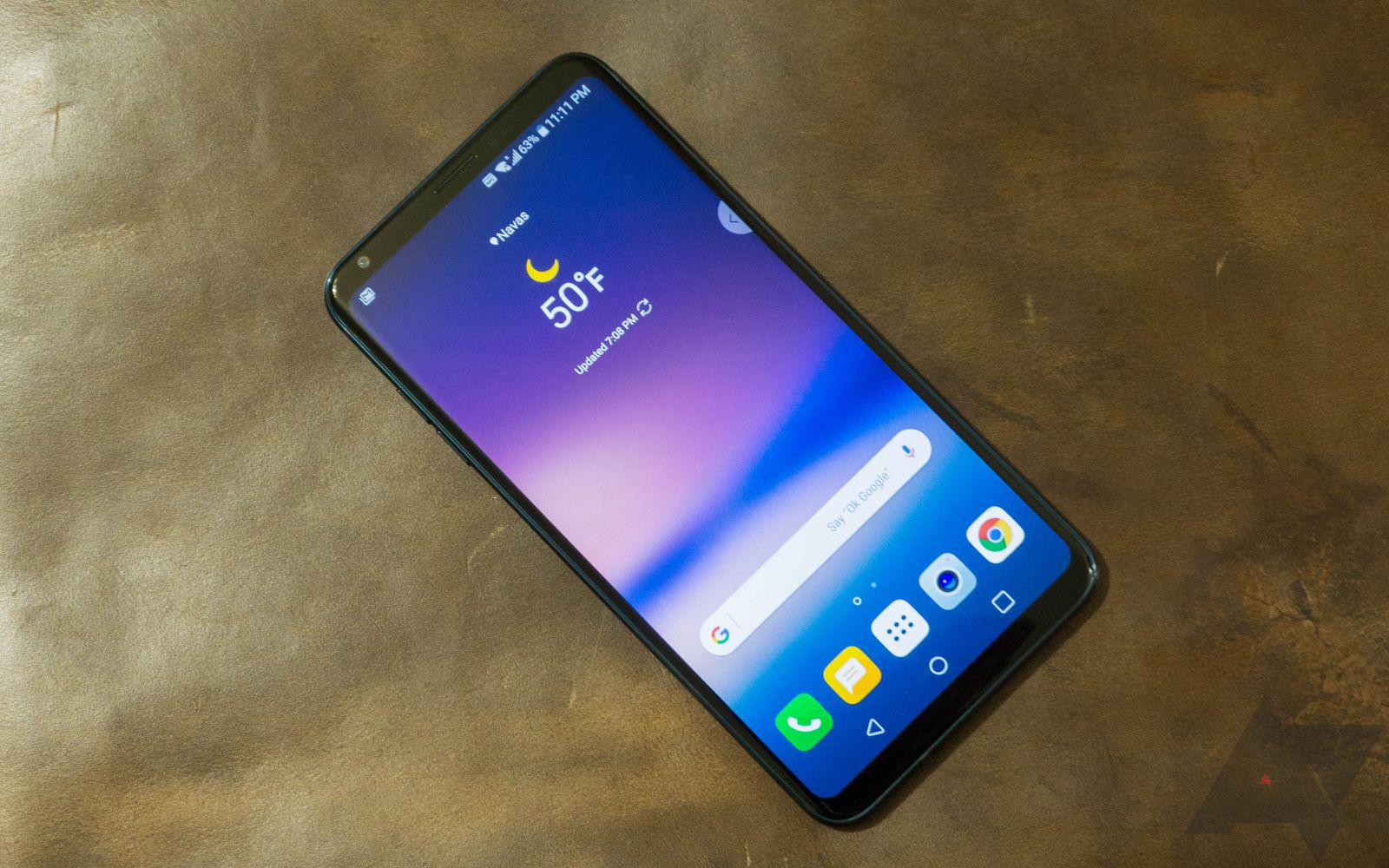
[Hands-on] LG announces the LG V30S ThinQ, which is just a V30 with camera AI and more RAM

LG rolled the V30 out late last year with a few notable features, at least for LG. That phone had the first OLED panel on an LG phone in several years, and it didn't have the extra ticker display that defined older V-series phones. It turns out LG isn't done with the V30 yet. As rumors indicated, LG is releasing a new version of the V30 called the V30S ThinQ (yes, that's the name) with AI camera goodies. With a new name and features, you might expect this phone to be at least modestly different than the last V30. Well, ThinQ again.
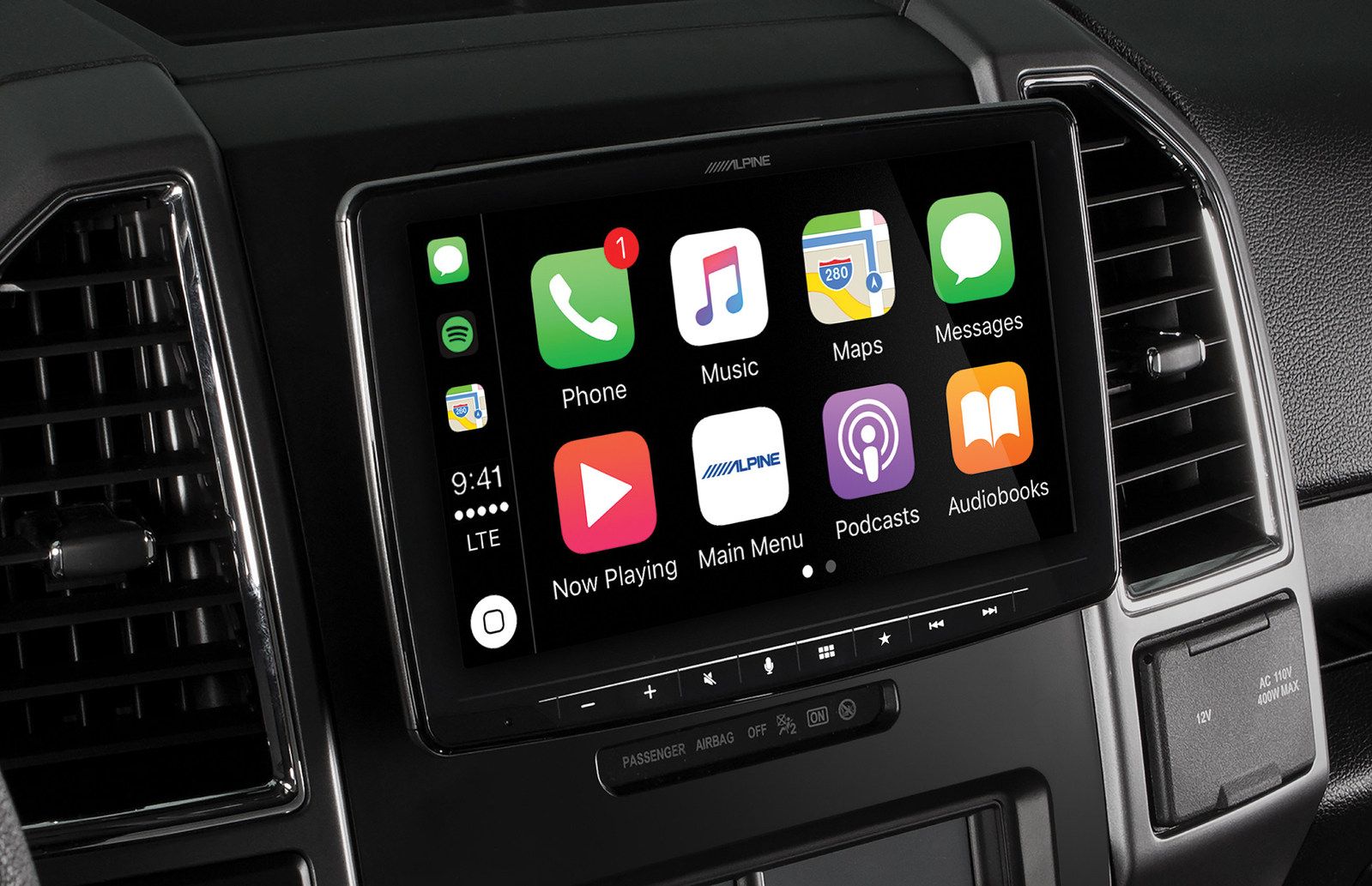
[Update: Now available for $900] Alpine announces Android Auto head unit with a 'floating' 9-inch display

Alpine is on hand at CES to roll out yet another Android Auto head unit, but this one might be more appealing to those with limited dash space. The iLX-F309 has a big 9-inch LCD, but it doesn't need that much space available in your dash thanks to a wacky floating design. Yes, the image above shows CarPlay, but just pretend it's Android Auto.

